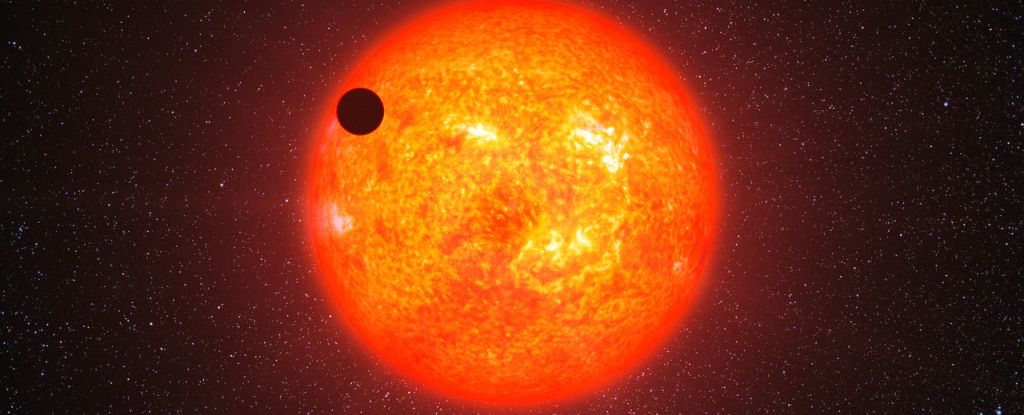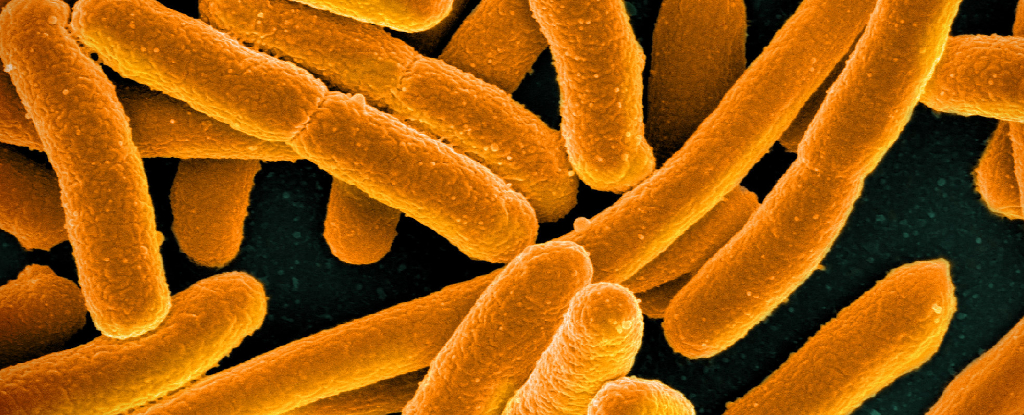We just found an exoplanet almost the same size as Earth orbiting a tiny star not very far away at all.
It’s called K2-415b, and its similarities (and differences) to our own homeworld could shed light on how Earth-like planets form and evolve in different ways in systems vastly different from our own.
“Small planets around M-dwarfs are a good laboratory to explore the atmospheric diversity of rocky planets and the conditions under which a habitable terrestrial planet can exist,” writes an international team of astronomers led by Teruyuki Hirano from the Astrobiology Center in Japan.
“As one of the lowest-mass stars known to host an Earth-sized transiting planet, K2-415 will be an interesting target for further follow-up observations, including additional radial velocity monitoring and transiting spectroscopy.”
The research paper was accepted for publication in The Astronomical Journaland is available on the preprint server arXiv.
The Milky Way is a big place with many interesting worlds, but so far it has proven evasive on one of the biggest questions mankind has ever asked: Why are we here? And not just why, but how and why this planet, and is there somewhere else out there where life could possibly arise?
Since Earth is the only place in the universe where we know for sure life originated, one of the tools that could help provide answers is a population of exoplanets similar to Earth. Similar in size, composition, temperature, mass; maybe even Architecture of the planetary system.
The best population of exoplanets to start this research with are small, Earth-sized worlds orbiting small stars in relative proximity, so they go back and forth between us and the star. This is because they are the best candidates for characterizing an atmosphere.
As the exoplanet passes in front of the star, a fraction of the star’s light penetrates an atmosphere, with some wavelengths of the spectrum being absorbed or enhanced by elements in the atmosphere.
Around smaller, dimmer, cooler stars like red dwarfs, the habitable temperature zone is much closer to the star than around a star like the Sun. This means that the round-trip time is shorter, so many transits can be recorded and stacked to strengthen the spectrum data. And of course, closer stars appear brighter, making such observations easier.
However, small exoplanets are harder to find than big ones. Only 14 exoplanets smaller than 1.25 times the Earth’s radius and orbiting red dwarf stars have been found within 100 light-years of the solar system – including all 7 worlds in TRAPPIST-1 system.
This is a case where there is no such thing as too many data points, and Hirano and his colleagues seem to have found a sucker. Exoplanet K2-415b has a radius of 1.015 times Earth and orbits one of the smallest red dwarf stars to host an Earth-sized world. The star K2-415 is only 16 percent of the Sun’s mass.
The exoplanet was first discovered in 2017 in data from the now-defunct Kepler Planetary Hunting Telescope and also appeared in data from Kepler’s successor, TESS.
The researchers investigated and took infrared observations to see if they could detect a faint “wobble” in the star’s motion as it’s very slightly tugged around in place by the exoplanet’s gravity.
This wealth of data revealed the existence of a world and its properties. The amount of starlight blocked in the transit of the exoplanet can be used to calculate the planet’s radius. The amount of wobble gives its mass.
These two parameters can be combined to calculate the exoplanet’s density. And of course, the periodicity of the transits reveals the orbital period of the exoplanet.
This is where K2-415b begins to seriously differ from Earth. Although the exoplanet is about Earth-sized, its mass is much higher, about three times that of Earth. This means that K2-415b is also denser than Earth.
And it’s much, much closer to its star: it has an orbital period of just four days. It is true that the habitable zone of a red dwarf star can be much closer than the Sun’s habitable zone, with measurable orbits days instead of monthsbut that’s a little too close even for a red dwarf.
However, only a little. K2-415b lies just inside the edge of the habitable zone of K2-415. This could mean that there is still an atmosphere to study. in the solar system, Venus lies just inside the habitable zone, and its atmosphere is dense and intriguing horror show.
It’s also possible that K2-415 is a multi-planet system; This raises the possibility of a currently undiscovered exoplanet in the star’s habitable zone.
So it’s unlikely that we’ll find any signs of life on K2-415b. But the system represents an excellent target for atmospheric characterization of exoplanets and follow-up surveys looking for hidden, potentially life-giving worlds.
The research paper was accepted for publication in The Astronomical Journaland is available at arXiv.





